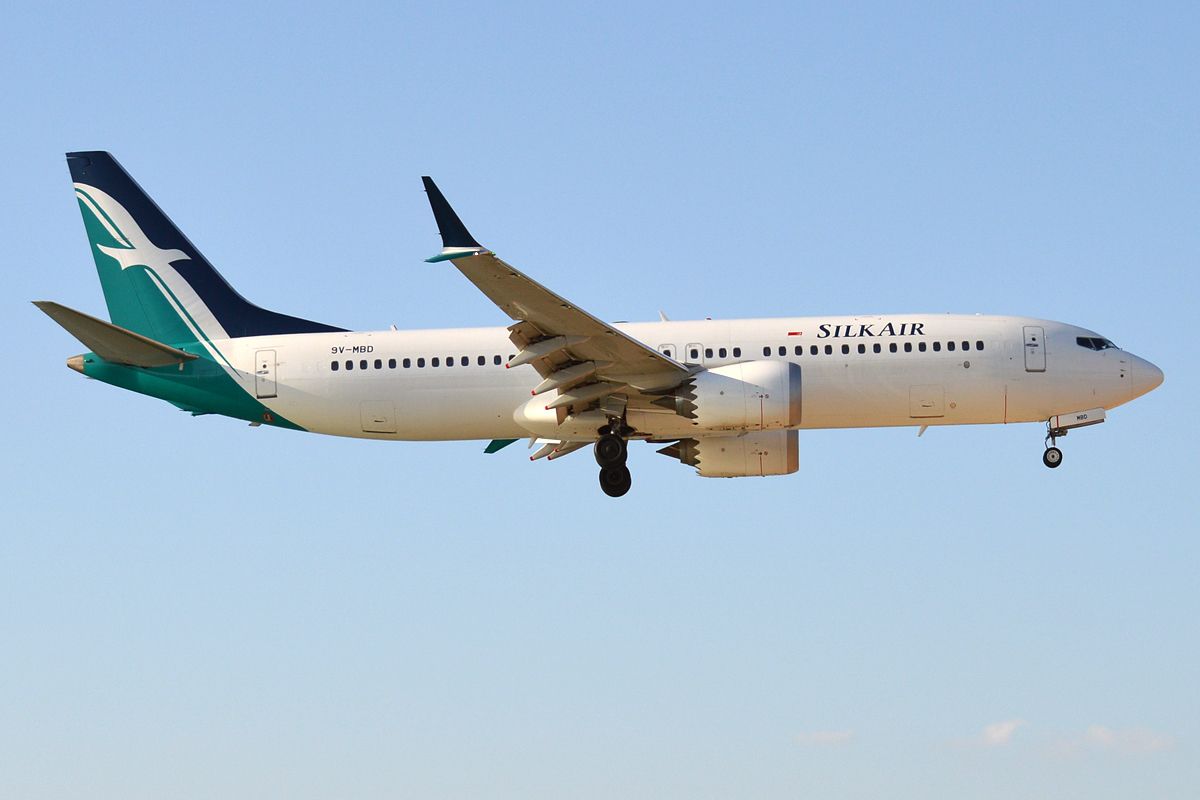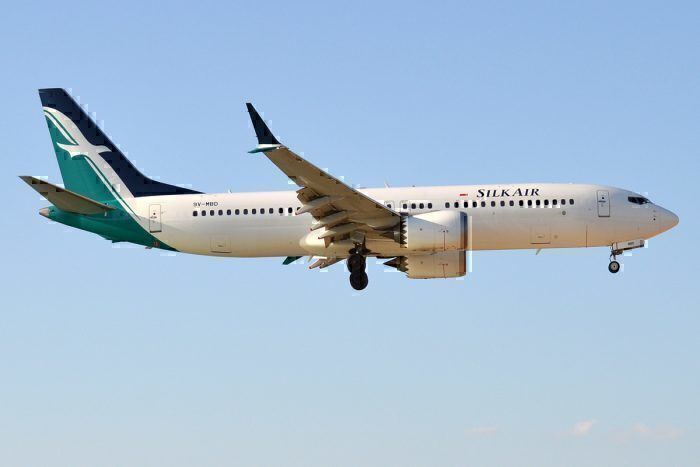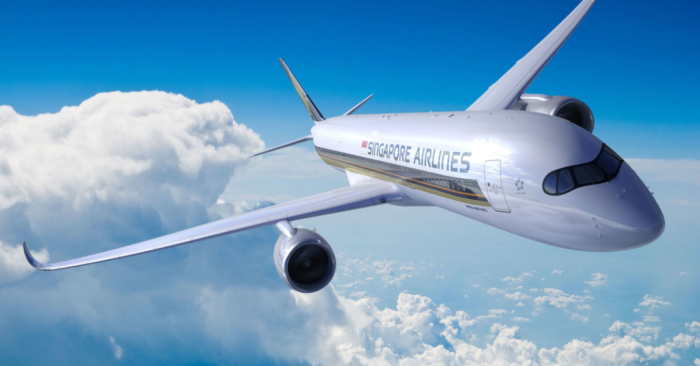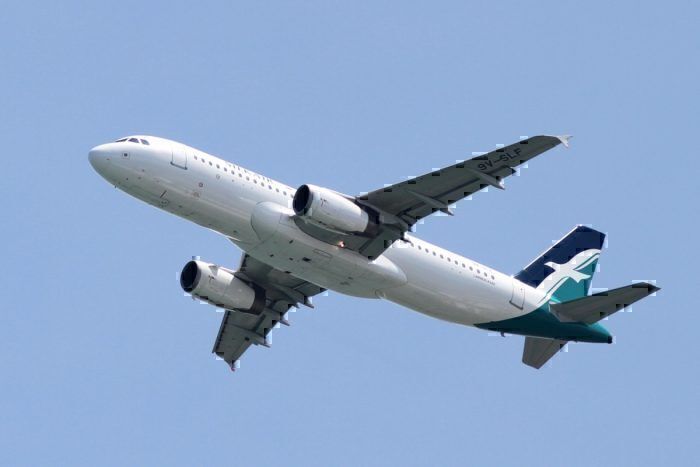It was back in March 2018 that Singapore Airlines announced that its regional subsidiary, SilkAir would begin a merger into its parent airline. Later that year, Singapore Airline's low-cost wing, Scoot, began to take over SilkAir routes and the integration has continued steadily. So where do things stand now? Let's find out.
Further route integration
In November 2018 it was announced that Singapore Airline's low-cost subsidiary Scoot would begin taking over SilkAir services. The changes would take place between April 2019 and the second half of 2020.
Flights that were switched from SilkAir to Scoot:
- Luang Prabang and Vientiane in Laos, in April 2019
- Coimbatore, Trivandrum and Visakhapatnam in India, between May 2019 and October 2019
- Changsha, Fuzhou, Kunming and Wuhan in China, between May 2019 and June 2019
- Chiang Mai, Thailand, in October 2019
- Kota Kinabalu in Malaysia, in December 2019
Kolkata: Yesterday, Singapore Airlines put out a press release announcing that it will introduce a fifth weekly flight to Kolkata, India, beginning 29 March 2020. This date in March coincides with SilkAir ceasing services to the city. Currently, Singapore Airlines operates four weekly flights and SilkAir operates three weekly flights to Kolkata.
Despite Singapore Airline's larger Airbus A350-900 flying the additional service, this would appear to be an overall capacity decrease if SilkAir's Boeing 737-800 will stop its three weekly flights. The airline states that customers with existing bookings on SilkAir’s Kolkata flights on and after 29 March 2020 will be re-accommodated on SIA’s flights.
Busan: At the end of October 2019, Singapore Airlines took over SilkAir's service to Busan. In fact, the transfer resulted in an overall boost in seat capacity on the route by 76%. Singapore Airlines maintained SilkAir's frequency, but with its larger A330-300 jets - allowing for an additional 123 passengers over SilkAir's 737s.
“Demand for SilkAir’s Busan flights since the launch of the route on 1 May 2019 has been very encouraging, and it has proven to be another popular gateway into South Korea, complementing SIA’s services to Seoul.” -Senior Vice President Marketing Planning, Mr Tan Kai Ping.
More integration coming
The news of flight integration with Scoot and Singapore Airlines also shows that SilkAir will continue operating some services, indicating that the name and brand will continue to exist for the foreseeable future.
In fact, SilkAir will continue to operate Singapore services to the Indian cities of Bangalore, Chennai, Hyderabad and Kochi. We also know that SilkAir will continue service to the cities of Balikpapan, Lombok, Makassar, Manado, Semarang and Yogyakarta in Indonesia - at least until they are transferred to Scoot sometime between May 2020 and July 2020.
Conclusion
This has been a long and slow integration process. The official SilkAir brand seems to have vanished from the internet as its website now redirects to Singapore Airline's site. ch-Aviation reports that SilkAir is due to complete its merger sometime in the 2020s as part of the group's realignment strategy.
When SilkAir completely vanishes, we will only see full-service Singapore Airlines and low-cost Scoot remaining. In the meantime, the group aims to have new business class cabins installed on all SilkAir's narrowbody jets to ensure homogeneity of service.
Are you in favor of this merger? Or do you think SilkAir offered something unique to the region it served? Let us know in the comments!
We reached out to Singapore Airlines for comment but have yet to receive a response.





